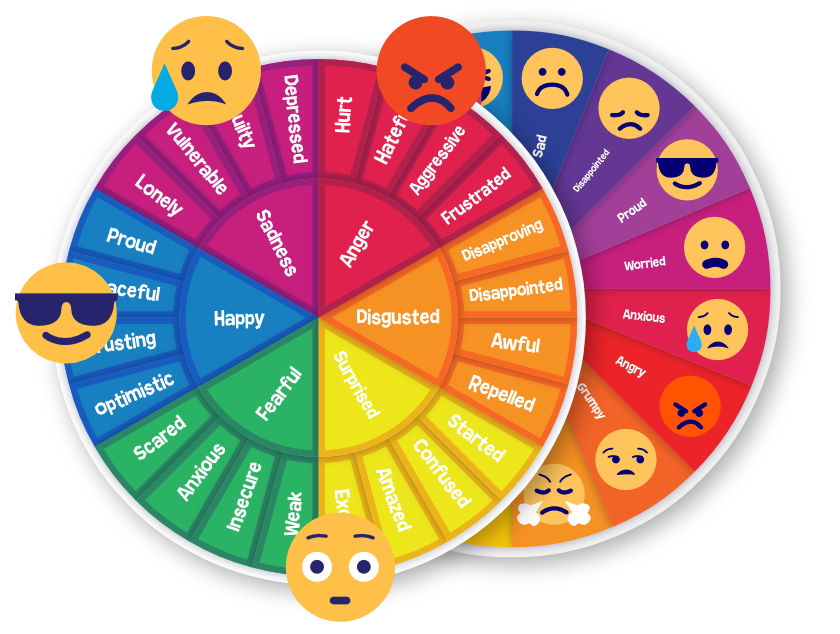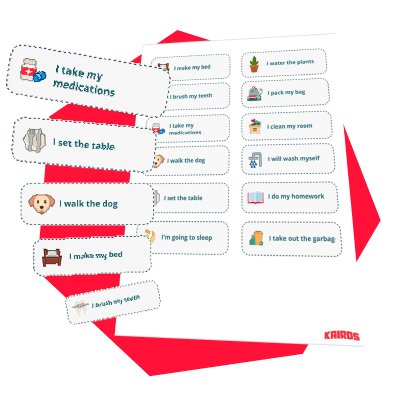Attention-deficit hyperactivity disorder (ADHD) It is a neuro-developmental disorder that usually starts between the ages of 6-12. Children who have ADHD may have difficulty paying attention and showcase impulsive behaviors. ADHD can be differentiated as inattentive or hyperactive/Impulsive. In this article, we talk about how ADHD impacts the brain and discuss genetic implications.
History of ADHD
According to the Centers for Disease Control and Prevention (CDC), attention-deficit hyperactivity disorder has been more commonly identified during the primary school years of kids. Females are less prone to have this disorder. In early times, it was called hyperkinetic reaction of childhood. Before 1960, it was nowhere in sight. It was after 1960 that ADHD was formally recognized as a neuro-developmental disorder. In early 1980, it came to be known as an attention-deficit disorder, either with or without hyperactivity.
The complexity of ADHD
ADHD is hard to diagnose so it is difficult to know the proper status of people that have ADHD (mild ADHD, severe ADHD, etc.). The co-existence of ADHD with other similar neurodevelopmental disorders makes it even harder to diagnose.
According to health experts, ADHD develops in children before the age of 12. However, as parents, if you pay close attention, you can notice symptoms of ADHD in children when they are around three years of age. Hyperactivity or irritability is one of the most common symptoms.

Routine Cards to Make Your Children's Daily Tasks Easier
Risk factors involved in ADHD
Risk factors for ADHD people include:
- Hereditary lineage
- Gender
- Age
On the other hand, maternal factors include premature delivery of a baby, mothers smoking during pregnancy, raised blood pressure and environmental toxins exposure.
Is ADHD genetic?
The main factors which contribute to ADHD have yet not been identified, but various studies show that genetics and hereditary lineage contribute to ADHD. In fact, three out of four kids who have ADHD have a relative in their family with this neurodevelopmental disorder so ADHD tends to run in families. However, it has not yet been confirmed exactly which gene plays a part in this disorder. According to some experts, DRD4 is linked with ADHD.
Can I pass ADHD to my child?
Yes! ADHD runs in families and you can pass it on to your child. Parents with ADHD have a 50% chance of passing it on to their kids (source).
Other factors involved
As discussed, ADHD is a neuro-behavioral disorder. According to the CDC, around 5% of the children in the USA are affected with ADHD. Apart from genetic factors, there are other factors that play a role in causing ADHD:
- Nutrition
- Environmental factors (toxins exposure)
- Gender type (boys are more prone to getting ADHD than girls)
- Identical twin factor
- Psychosocial factors
ADHD symptoms
In some cases, ADHD is hard to identify until children reach an adult level. Some of the common symptoms are as follow:

- Short temper issues
- Trouble doing daily tasks
- Stress
- Restlessness
- Mood swings
- Frustrated behavior
- Less focus
- Low self-esteem
Qualities of people with ADHD
Kids with ADHD possess some great qualities:

- High social intelligence
- Caring nature
- Exceptional skills and creativity
- Empathetic nature
How does ADHD impact the brain
ADHD affects the brain in different ways. It is linked to unusual cognitive, behavioral as well as motivational functioning. It affects brain cell connections as well as communication between different parts of the brain.
ADHD is also said to be linked to slower brain development as the neural pathways don’t connect at the same rate. This explains why children and adults with ADHD have trouble paying attention and focusing. ADHD also affects the regulation of emotions, moods and brain chemistry.
How can I help my child with ADHD at home?
Here are tips for parents who want to help their children with ADHD:
- Learn more about ADHD
- Keep a positive attitude
- Teach them to recognize the signs of stress and anxiety
- Encourage your kid to be more expressive about his/her emotions and feelings
- Engage them in activities that stimulate their brain
- Break tasks down
- Encourage physical exercise
- Minimize distractions
- Give praise and rewards when rules are followed
- Seek support when needed
- Help them establish a routine
- Download Kairos to develop the autonomy of your child
Treatment of ADHD
ADHD treatment includes behavioral therapy and medicines prescribed by doctors. This combination works best for most people, even in cases of severe ADHD. When behavior therapy starts earlier, it works best so it’s important to identify symptoms of ADHD early in children.
Medications
Two types of medications are prescribed:
- Stimulants
- Non-Stimulants
Stimulant medications are considered more effective. Stimulants include:
- Methylphenidate
- Amphetamines
Non-stimulant medications include:
- Atomoxetine
- Guanfacine
Behavioral Psychotherapy
Behavioral psychotherapy for children includes psychotherapy, behavioral classroom management training, and effective parent-teacher involvement. In some cases, it may take some time to consider what works best for your kid.

